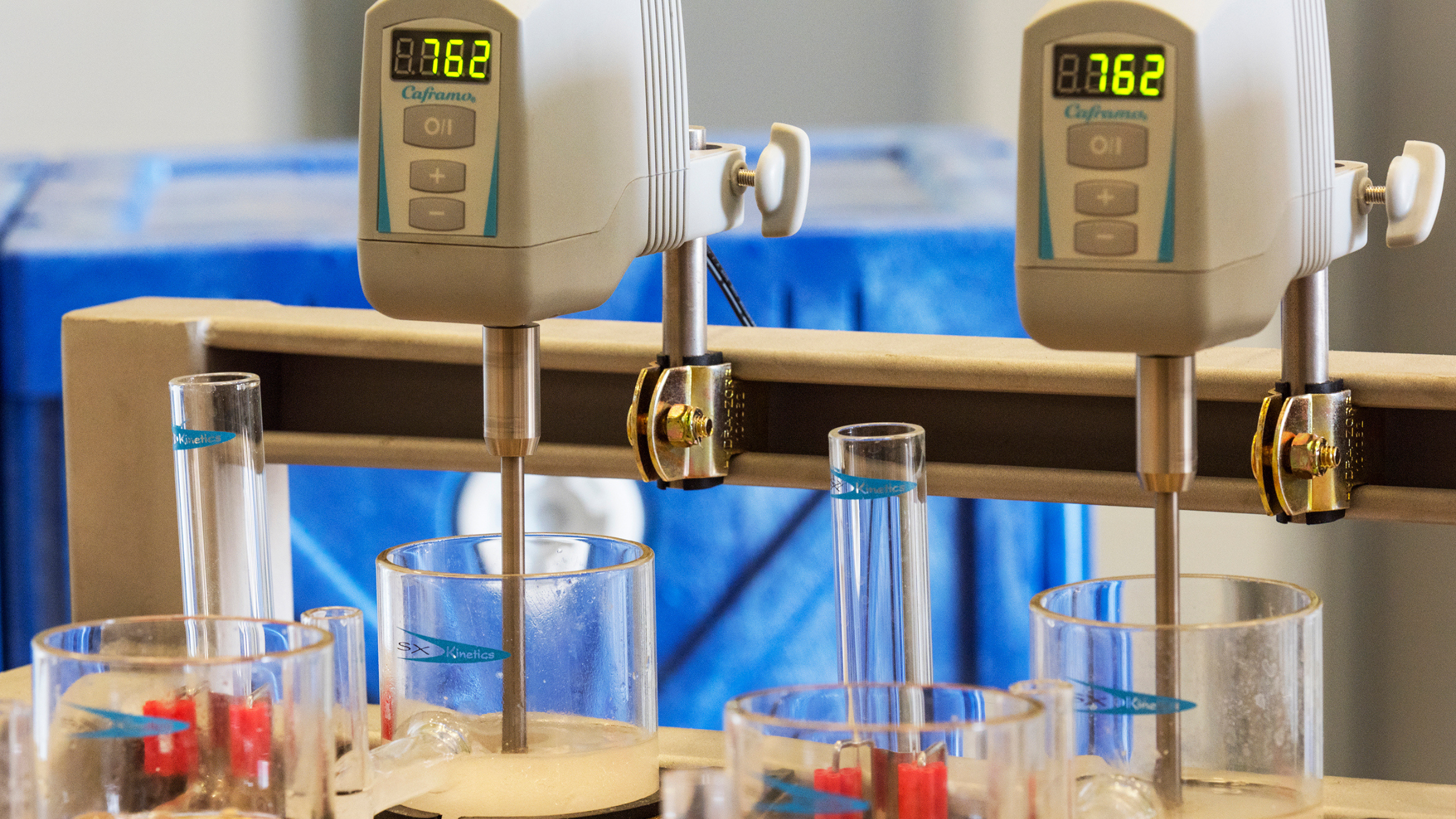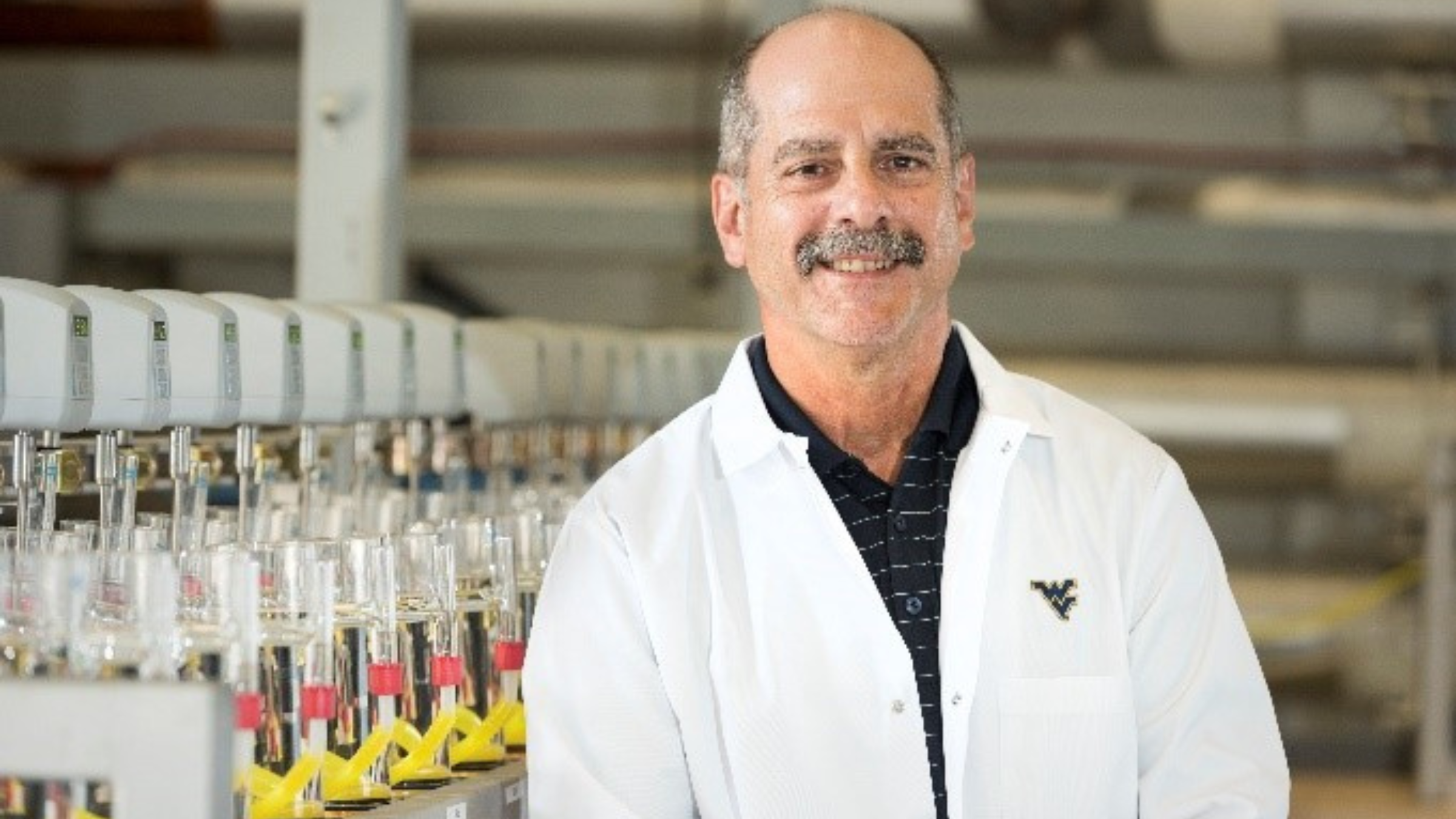Meet Paul Ziemkiewicz, PhD. Paul grew up in western Pennsylvania. As a child, he dreamed of cleaning up his local rivers and streams, which were devoid of life due to acid mine drainage. Today, as the Director of Water Research at West Virginia University (WVU), Paul is living out that dream.
What is acid mine drainage?
Abandoned coal mines cause various types of water pollution. Acid mine drainage is the most prevalent. Abandoned coal mines leave pits of highly acidic water that contain large amounts of heavy minerals. Over time, infiltrated groundwater and surface water from precipitation fill these pits to the brim. When the water spills over, harmful chemicals are carried into the surrounding water and soil. These chemicals can hurt humans, plants, and animals.


